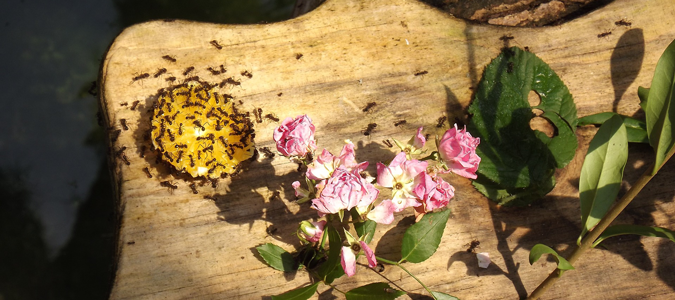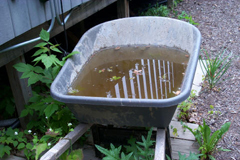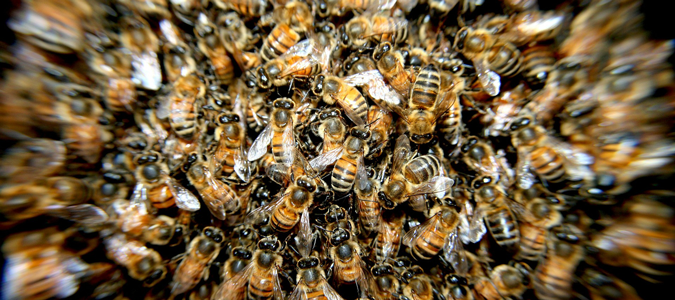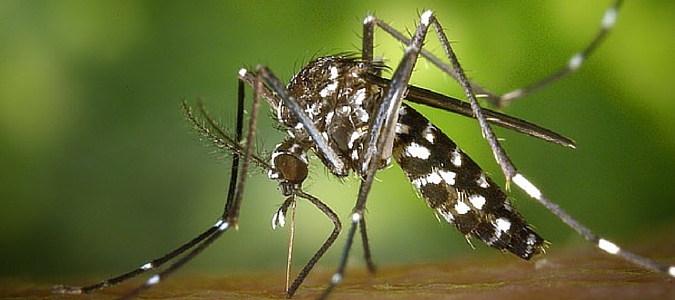Beware the Dangerous “Kissing Bug”
On the surface, a kissing bug sounds fun. Sadly, it doesn’t cause the world to smooch in perfect harmony. A kissing bug is just that: a bug. These bugs don’t cause property damage, but the bug’s bite and risk of transmitting Chagas disease render them worthy of strict pest control. Kissing bug sightings are currently on the rise in Central Texas.
Kissing bugs, also called conenose bugs, assassin bugs and Mexican bed bugs, often lug around the Trypanosoma cruzi parasite and earned their primary name by biting around people’s mouths and eyes. If the kissing bug releases feces when it’s feeding, T. cruzi becomes absorbed into the kissing bug’s chosen buffet source; usually, humans and canines are unsuspecting buffet tables. During the first few weeks, a person infected with Chagas disease experiences swelling at site, fatigue, fever, a rash, constipation and abdominal pain. This is the acute phase, which becomes chronic … Read Full Post »




